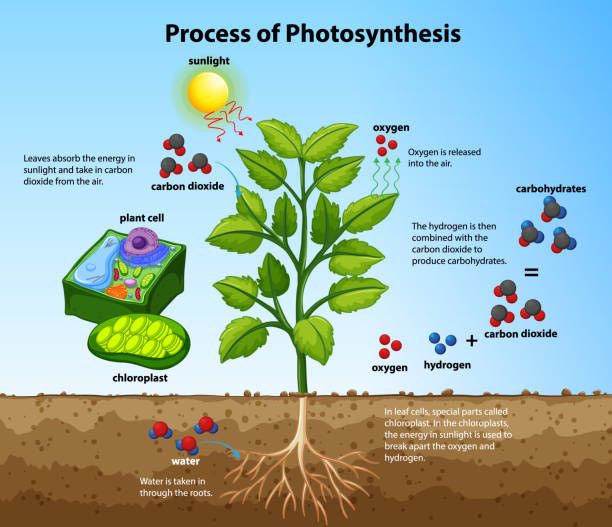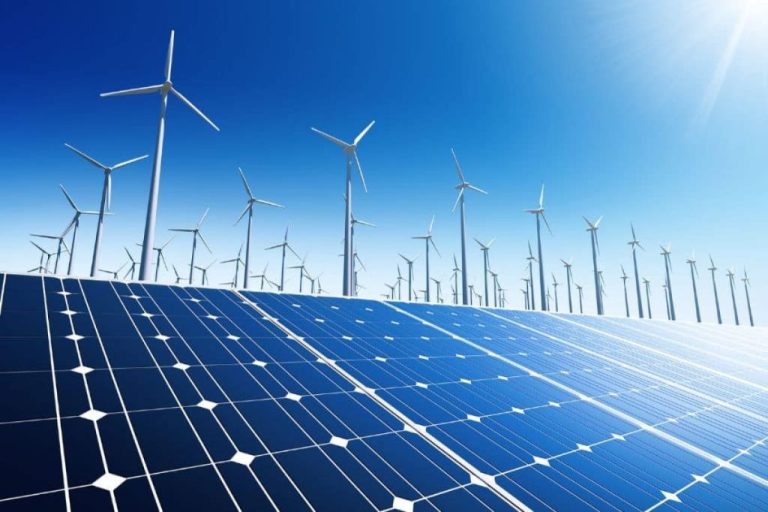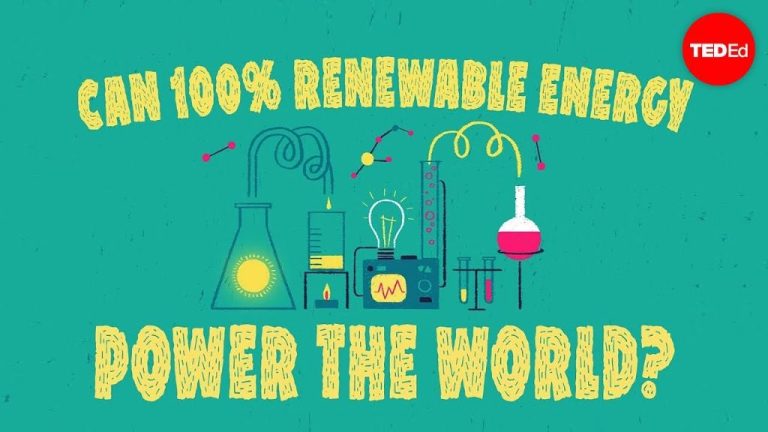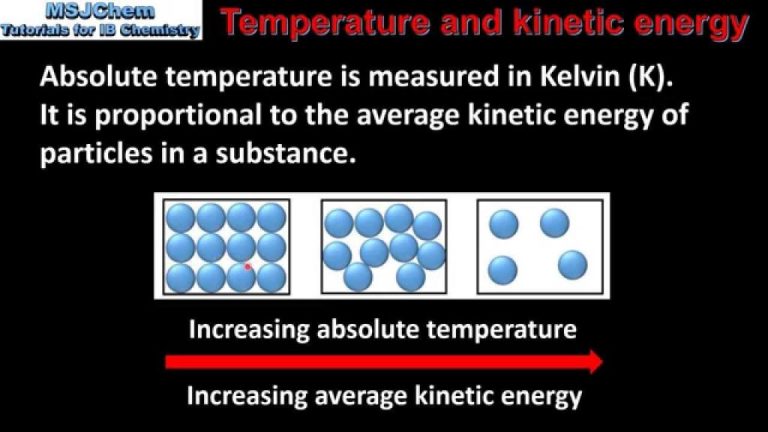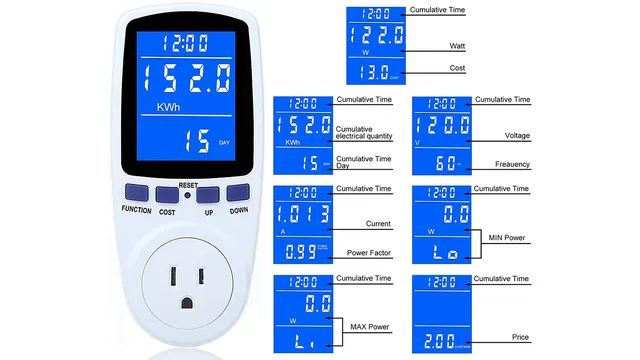How Do You Find The Potential Energy Of A System?
Potential energy is the stored energy an object has due to its position or chemical configuration. It refers to the potential to do work that an object has because of where it is or what shape it is in. Potential energy exists in many different forms and is important because it can be converted into kinetic energy to do work.
Understanding potential energy is crucial in physics, engineering, chemistry, and other fields. Potential energy is what allows us to build and utilize machines, generate electricity, and harness the power of chemical reactions. Without harnessing potential energy and converting it to kinetic energy, many of the innovations and technologies we rely on today would not be possible.
Potential Energy Formula
The formula for potential energy is:
PE = mgh
Where:
- PE is potential energy measured in joules (J)
- m is mass measured in kilograms (kg)
- g is the acceleration due to gravity, 9.8 m/s2
- h is height measured in meters (m)
This formula shows that an object’s potential energy increases proportionally with mass and height. The more massive an object is and the higher its height above a reference point, the greater its gravitational potential energy.
This formula applies to objects and systems where gravity is the only force acting upon them. It calculates their potential energy based on their mass, height, and the gravitational field strength (represented by g).
Gravitational Potential Energy
Gravitational potential energy is the energy stored in an object due to its height relative to the ground or another point. For example, a ball held at a height above the ground has more potential energy than a ball sitting on the ground. This is because the ball held higher has the ability to do more work by falling to the ground. The potential energy depends on the mass of the object, gravity, and height above the reference point. The formula for gravitational potential energy is:
PEgrav = mgh
Where m is mass, g is the acceleration due to gravity, and h is the height above the reference point. Gravitational potential is a form of mechanical potential energy, along with elastic potential energy. Gravitational potential energy can be converted to kinetic energy as an object falls. Some examples of gravitational potential energy in everyday life are holding an object above the ground, raising a weight, or standing at the top of a hill.
Elastic Potential Energy
Elastic potential energy is the energy stored in an elastic object that is stretched or compressed. For example, when you stretch a rubber band, you do work to stretch it. This transfers energy into the rubber band and stores it as elastic potential energy. When you let go of the rubber band, the stored elastic potential energy is converted into kinetic energy as the rubber band snaps back to its original shape.
The amount of elastic potential energy stored in an object depends on the elastic properties of the material and how far it is deformed from its relaxed position. An object’s elastic potential energy increases exponentially as it is stretched or compressed further from its relaxed state. Examples of elastic potential energy include:
- Rubber bands
- Springs
- Bungee cords
- Trampolines
- Catapults
- Bows and arrows
The elastic properties of materials make them useful for storing energy and creating motion. Understanding elastic potential energy helps design useful tools and structures.
Chemical Potential Energy
Chemical potential energy is the type of potential energy stored in the chemical bonds between atoms and molecules. It is the energy released or absorbed during a chemical reaction. When a chemical reaction occurs, the atoms within the molecules rearrange into different structures. If the total energy of the products is less than the total energy of the reactants, then the difference has been emitted in the form of heat. This emitted energy is equal to the chemical potential energy that was stored in the bonds before the reaction took place.
For example, natural gas, propane, and other fuels have high chemical potential energy stored in their chemical bonds. When these fuels undergo combustion reactions with oxygen, chemical energy gets released in the form of heat, which is harnessed as an energy source. Another example is batteries. The chemical reactions within the battery produce an electric current that can be used to power devices. The potential energy stored in the chemicals of the battery is converted into electrical energy.
Food and living organisms also possess chemical potential energy. The calories in food represent the chemical energy that can be released during metabolic reactions. This metabolic potential energy provides living things with the fuel they need to grow, move, and function on a daily basis.
Electric Potential Energy
Electric potential energy is the energy stored in an electric field. It results from the arrangement of charged particles, such as protons or electrons. The higher the electric potential (voltage), the greater the electric potential energy.
Some examples of electric potential energy in everyday life include:
-
Batteries – Chemical reactions inside batteries separate charge, creating an electric potential difference between the terminals.
-
Capacitors – Capacitors store electric potential energy through the separation of electric charge on two conductors.
-
Power lines – The potential difference between power lines and the ground creates an electric field with electric potential energy.
-
Static electricity – Friction can transfer electrons between materials, leading to a separation of charge and electric potential energy.
To calculate the electric potential energy of a system, you need to know the amount of charge (q) and the electric potential or voltage (V). The equation is:
Electric potential energy = qV
Where q is in coulombs and V is in volts. This electric potential energy can be converted to other forms of energy like kinetic energy when the charges are allowed to flow.
Magnetic Potential Energy
Magnetic potential energy is the energy stored in a magnetic field. This energy comes from the magnetic dipole moments of atoms, electrons, and other charged particles. Some examples of magnetic potential energy include:
-
The energy stored in the magnetic field of a magnet. Permanent magnets like bar magnets or electromagnets have magnetic potential energy.
-
The energy stored in the magnetic field of the Earth, which comes from the magnetic properties of materials in the Earth’s core.
-
The energy stored in the magnetic fields of planets, stars, and other astronomical bodies that exhibit magnetic properties.
-
The potential energy of two attracting or repelling magnets. The strength of their interaction depends on the magnets’ orientations, strengths, shapes, and distance between them.
-
The energy stored in the magnetic fields generated by moving charges, like those in electromagnets, electric motors, or magnetic resonance imaging (MRI) machines.
The amount of magnetic potential energy in a magnetic field depends on the strength of the magnetic field and the amount of magnetic dipole moments interacting with the field. Stronger magnetic fields and more magnetic dipole moments lead to greater magnetic potential energy.
Nuclear Potential Energy
Nuclear potential energy is the energy stored in the nucleus of an atom. It arises from the strong nuclear force that binds protons and neutrons together into nuclei. The nuclear potential energy depends on the arrangement of the protons and neutrons and can be derived from E=mc2.
For example, the fission of uranium-235 atoms releases energy because the fragments that result after fission have less nuclear potential energy than the original atom. In nuclear fusion, lighter nuclei are fused together to form heavier elements, releasing energy due to the decrease in potential energy. Both fission and fusion are examples of mass being converted to energy based on Einstein’s famous equation.
The energy released in nuclear reactions comes from the difference in nuclear potential energy between the initial and final nuclear configurations. This potential energy accounts for most of the mass of the atom, as described by the mass-energy equivalence. By converting a small amount of mass into energy, nuclear reactions can tap into this stored energy and release tremendous amounts of power.
Calculating Potential Energy
To calculate the potential energy of a system, you need to know the formula for the specific type of potential energy. Here are the steps for calculating potential energy in some common systems:
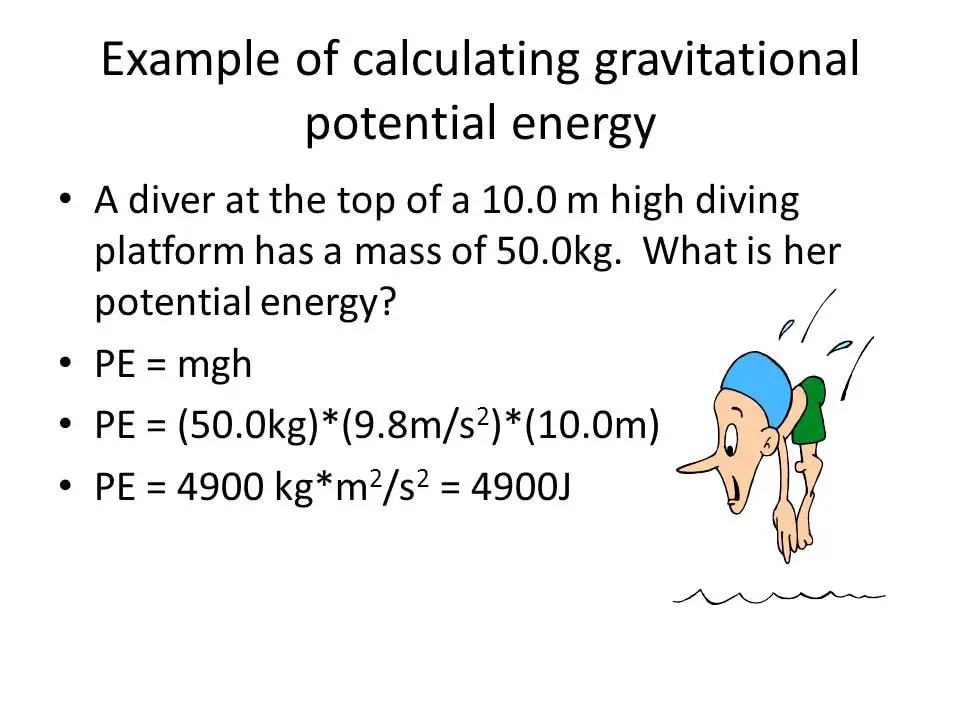
Gravitational Potential Energy
The gravitational potential energy of an object near Earth’s surface is calculated using:
PE = mgh
Where:
- m is the mass of the object
- g is the acceleration due to gravity (9.8 m/s2)
- h is the height of the object above a reference point
For example, to find the gravitational potential energy of a 5 kg object lifted 2 meters above the ground, you would calculate:
PE = mgh = (5 kg)(9.8 m/s2)(2 m) = 98 J
Elastic Potential Energy
The elastic potential energy stored in a stretched or compressed spring is calculated using:
PE = 1/2 kx2
Where:
- k is the spring constant
- x is the displacement of the spring from its rest position
For example, to find the elastic potential energy of a spring with a k value of 100 N/m stretched 0.3 m, you would calculate:
PE = 1/2 kx2 = 1/2 (100 N/m)(0.3 m)2 = 4.5 J
Importance and Applications
Potential energy plays a vital role in numerous real-world systems and technologies. Understanding potential energy allows engineers to design structures, vehicles, power plants and more to operate safely and efficiently.
For example, calculating the gravitational potential energy of water held behind a dam allows designers to determine the maximum power that can be generated by the dam. The gravitational potential energy is converted into kinetic energy as the water falls and spins turbines to produce electricity.
Knowing the elastic potential energy stored in a drawn bow or slingshot helps predict how much kinetic energy will be transferred to the arrow or projectile. This allows hunters and engineers to select the appropriate bow or slingshot for the job.
Chemical potential energy stored in batteries, fuel and food is harnessed daily to power cars, computers, cell phones and our own bodies. The more accurately we can calculate this potential energy, the better we can regulate power usage and supplies.
Even tabletop games like billiards rely on kinetic energy converted from elastic potential energy stored in the bent pool sticks. Mastering physics concepts like potential energy helps elevate gameplay.
In short, comprehending potential energy aids innovation and progress across many fields and activities. It empowers us to design more powerful technologies, travel farther distances, light up cities, feed populations and better understand our universe.

